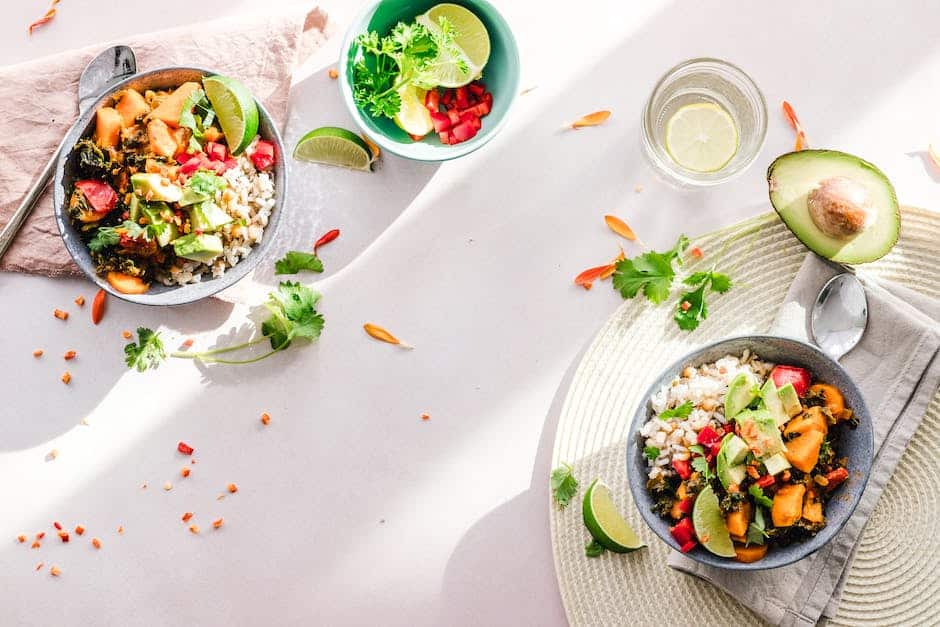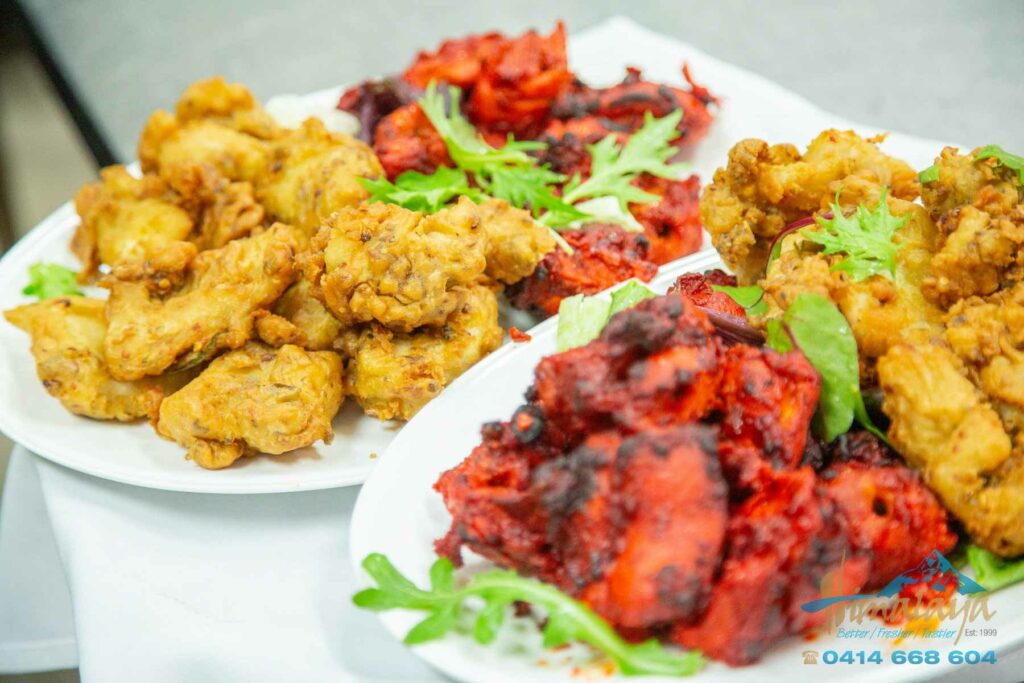Introduction to Pakistani Cuisine
Pakistani cuisine is a rich tapestry of flavors, influenced by a myriad of cultures and traditions. This culinary journey began thousands of years ago, with each region adding its unique touch to the gastronomic landscape. From the spicy meat dishes of Punjab, to the aromatic rice dishes of Sindh, the hearty broths of Khyber Pakhtunkhwa, and the exotic fruit desserts of Balochistan, Pakistani cuisine is a delightful exploration of tastes. It’s not just about the food, it’s about the stories, the people, and the history behind each dish. Let’s embark on this delicious journey together, diving into the rich history of Pakistani cuisine.

Historical Influences on Pakistani Cuisine
Pakistan’s cuisine is a beautiful blend of rich flavors and traditions, deeply influenced by its historical interactions with different cultures. The roots of Pakistani cuisine can be traced back to the Indus Valley Civilization, which was known for its well-planned cities and advanced agricultural practices. Over the centuries, the culinary landscape of Pakistan has been shaped by various invasions, trade relations, and colonial rule. The Persians, Arabs, Mughals, and British have all left their mark, introducing new ingredients, cooking techniques, and dishes. This fusion of diverse influences has resulted in a unique cuisine that is a delightful mix of bold flavors, aromatic spices, and varied textures.
The Flavor Profile of Pakistani Food
Pakistani cuisine, a vibrant blend of rich flavors, is a testament to the country’s diverse culture and history. The flavor profile of Pakistani food is characterized by robust and aromatic spices like coriander, cumin, turmeric, and garam masala. Each dish, whether it’s a hearty biryani, a spicy curry, or a sweet jalebi, is a complex symphony of flavors that reflects the region’s influences. Sweet, sour, pungent, and spicy – each bite takes you on a journey through the country’s culinary heritage. The use of fresh ingredients and traditional cooking methods further enhances the taste, making Pakistani food a delightful experience for your taste buds.
Traditional Pakistani Dishes and Their Origins
Pakistani cuisine, with its rich flavors and diverse influences, has a fascinating history. The traditional dishes that we love today are the result of centuries of culinary evolution. From the spicy biryani inherited from the Mughals to the hearty beef karahi influenced by the nomadic tribes of Central Asia, every dish has a story to tell. A popular staple, daal, speaks to the country’s agricultural roots, while the delicious street food chaat mirrors the vibrant urban life. Join us as we explore the origins of these beloved dishes and delve into the captivating journey of Pakistani cuisine.
The Role of Spices in Pakistani Cuisine
Pakistani cuisine is a vibrant blend of flavors, and that richness is largely due to the abundant use of spices. Each dish, from a simple dal to an elaborate biryani, is a symphony of spices that has been carefully selected and combined. Spices like cumin, coriander, turmeric, and garam masala are the backbone of Pakistani cooking. They’re not just used to add heat or flavor, but also to bring out the best in other ingredients, create layers of taste, and provide health benefits. The use of spices in Pakistani cuisine is a testament to the country’s rich cultural history and its influence from Persian, Afghan, and Indian culinary traditions.
Regional Variations in Pakistani Food
Pakistan’s culinary landscape is as diverse as its geography, with each region offering its unique flavor palette. The regional variations in Pakistani food are a testament to the country’s rich cultural heritage. In the Northern areas, you’ll find dishes like Chapli Kebab and Makai ki roti, heavily influenced by Afghan and Central Asian cuisines. The coastal areas, particularly Karachi, are famous for their spicy seafood curries. Sindhi Biryani, a spicy and aromatic rice dish from the Sindh region, has gained international fame. Meanwhile, the Punjab region offers a variety of dishes from simple Daal Chawal (lentil and rice) to the festive Sarson ka Saag (mustard greens curry). Each regional cuisine tells a story, adding to the rich tapestry of Pakistani food history.
The Influence of Religion on Pakistani Cuisine
Pakistan’s cuisine is a rich tapestry of flavors, deeply intertwined with the country’s religious beliefs. Islam, being the predominant religion, significantly influences Pakistani cuisine. For example, the Islamic dietary laws of Halal govern the types of food permissible for consumption, which has shaped the food culture in Pakistan. Pork is strictly forbidden, and animals for meat are slaughtered according to Halal practices. During the holy month of Ramadan, the tradition of fasting from dawn to dusk and breaking the fast with dates and water, followed by a special meal, is observed nationwide. This religious influence has resulted in a unique and diverse culinary tradition that is a cornerstone of Pakistani culture.
Modern Pakistani Cuisine and Fusion Trends
Pakistani cuisine, known for its rich and diverse flavors, has a history that dates back centuries. But while the traditional dishes continue to be loved, modern Pakistani cuisine is not shy about experimenting. Today’s blog post will delve into the exciting world of contemporary Pakistani food and the fusion trends that are currently on the rise. From blending local recipes with international flavors to incorporating modern cooking techniques, Pakistani chefs are redefining the culinary scene. This fusion of old and new is not only expanding the palate of food lovers but also keeping the vibrant food culture of Pakistan alive and evolving.
The Global Impact of Pakistani Cuisine
The global impact of Pakistani cuisine is impossible to ignore, with its unique blend of flavors finding a home in kitchens around the world. This cuisine, rich with spices, herbs, and diverse cooking methods, has not only tantalized taste buds but also influenced numerous other culinary traditions. From the succulent seekh kebabs and biryanis found in Middle Eastern and Indian restaurants to the aromatic curries now commonplace in British dining, the global footprint of Pakistani cuisine is a testament to its rich history and irresistible appeal. This gastronomic journey continues to evolve, with Pakistani dishes being adapted and reinvented in different cultures, proving that food is a universal language that transcends boundaries.
Conclusion: The Richness of Pakistani Cuisine
In conclusion, the richness of Pakistani cuisine is a testament to the country’s intriguing history and vibrant culture. This cuisine, steeped in tradition, is a flavorful journey through time, telling tales of invasions, trade, and migration. Each dish, from the hearty Biryani to the spicy Nihari, and the sweet Gulab Jamun, paints a vivid picture of the region’s past and its deep-rooted love for food. The diversity in Pakistani cuisine is a celebration of its rich heritage, a feast not just for the taste buds, but also for the soul. So, whether you’re a food enthusiast or a history buff, exploring Pakistani cuisine offers a delightful and insightful experience.


